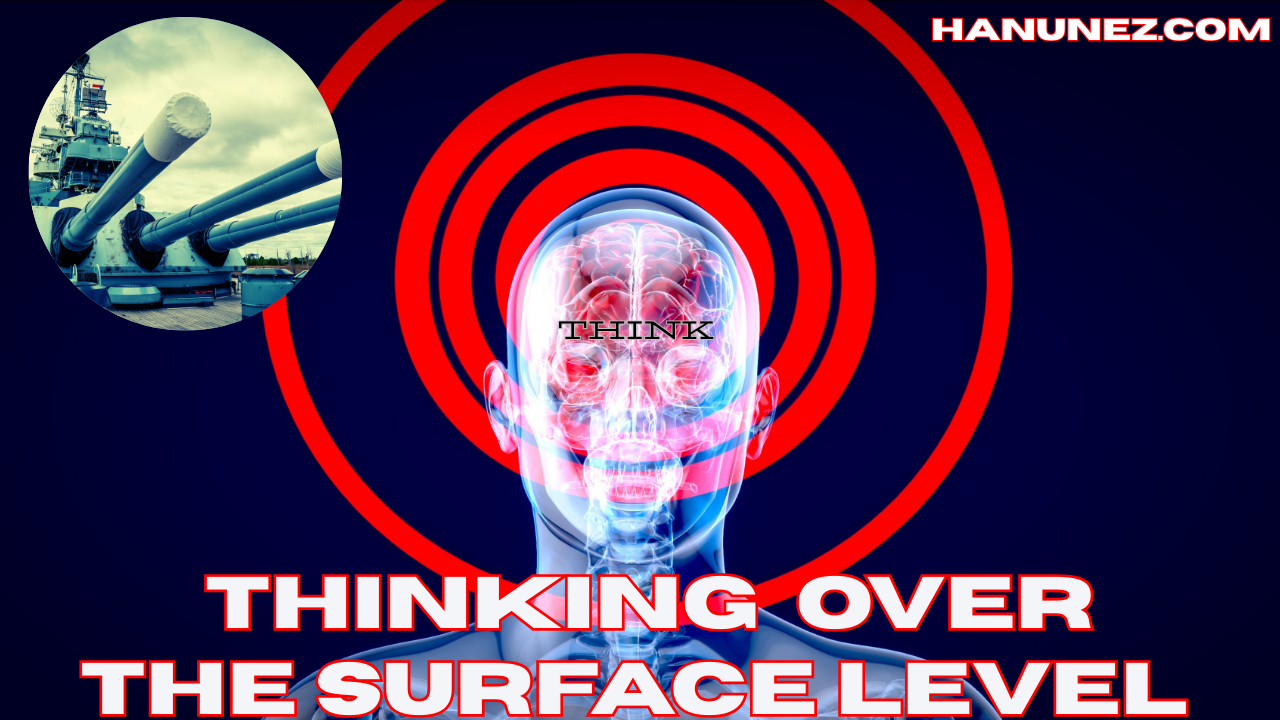4. Perception of Reality: Sensations and Perceptions
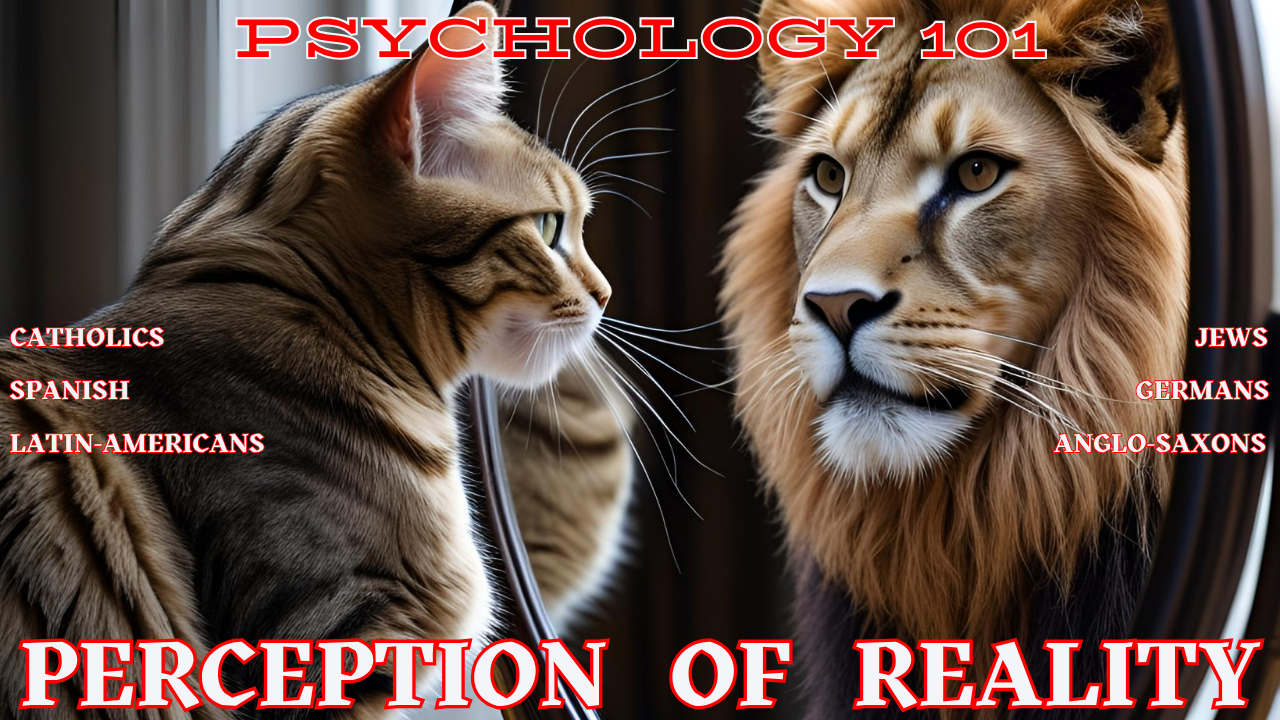
At this point, Humanity should be aware that what we call Reality is a collection of Data that comes from our inner world and outer world.
The Data gets to us and is filtered through our Senses:
- Sight (Vision) - The ability to see, facilitated by the eyes.
- Hearing (Audition) - The ability to hear, facilitated by the ears.
- Touch (Somatosensation) - The ability to feel physical sensations, facilitated by the skin.
- Taste (Gustation) - The ability to taste, facilitated by the tongue.
- Smell (Olfaction) - The ability to smell, facilitated by the nose.
But this is only the beginning. From there, the Data becomes a signal that travels through afferent neurons into our Central Nervous System (CNS)— the spinal cord and the brain— and is processed by our Brain. Along the way, neurotransmitters (chemical messengers-carriers) are released, carrying the data or signal forward. The Brain then processes the sensory information (signal), controlling motor functions and regulating bodily processes, and how these signals are interpreted.
The Signal, classified as a sound, might be soothing for one person and irritating for another. The same touch might be comforting for one and threatening for another. This is where Sensation and Perception diverge or get separate. In other words, our Perception of Reality is not Reality itself — it is the brain’s interpretation of the raw Data collected by our Senses.
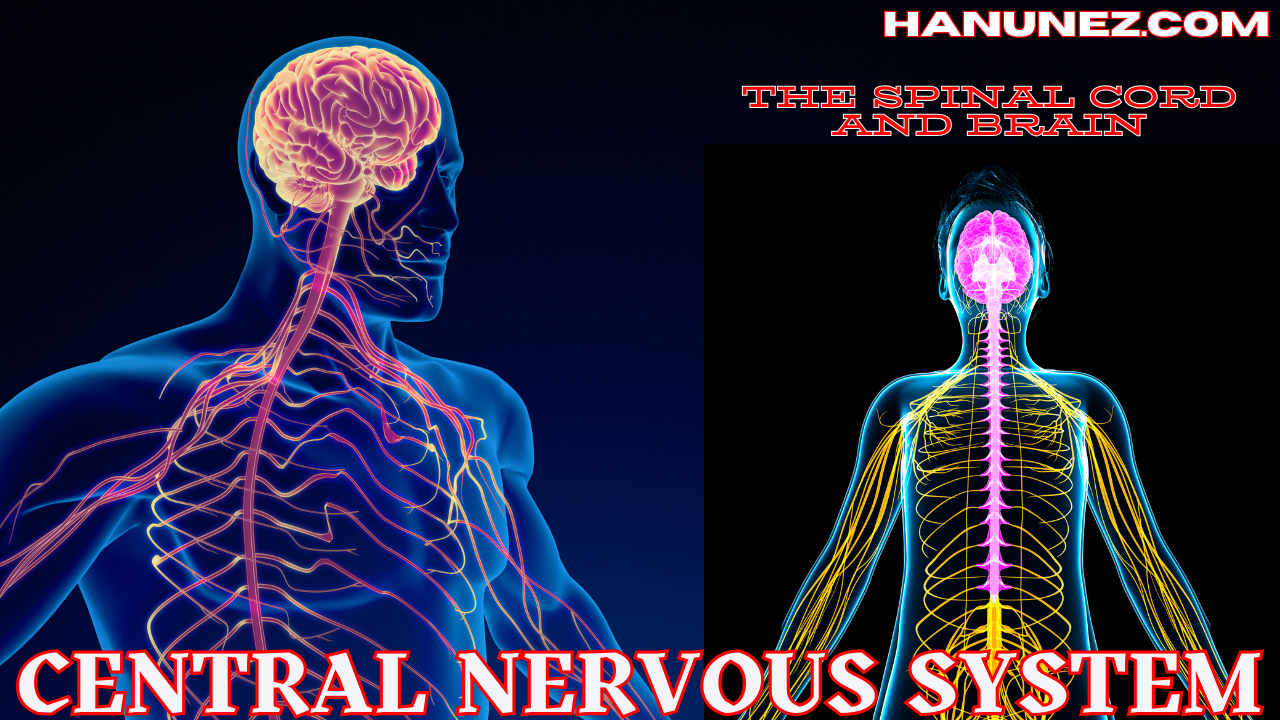
Sensation and Perception are not the same.
Let’s be clear: Sensation and Perception are not the same.
Perception differs from Sensation: Sensations are the Raw Data (such as light hitting the retina, Sound waves entering the ear, Pain signals shooting up the spine), and Perception is how we interpret the Data (like seeing a stream of light and interpreting it as "seeing an angel").
Sensation involves around 86 billion neuron cells in the body (most of which are in the Brain)— and they are part of a whole-body, multi-system process involving:
| Component | Function |
|---|---|
| Neurons | Transmit sensory info |
| Sensory receptors | Detect specific stimuli |
| Glial cells | Support neurons and maintain function |
| Synapses & neurotransmitters | Relay signals chemically |
| Organs (eyes, skin, etc.) | Structure and focus for sensing |
| Blood vessels | Supply energy to neurons |
Neurons (Neuron Cells)
- What they are: Neurons are the fundamental building blocks of the Nervous System. They’re specialized cells that transmit Data or Information throughout the body.
- Structure: Each neuron has a cell body (soma), dendrites (receive signals), and an axon (sends signals).
- Function: Neurons carry electrical impulses (action potentials) along their axons. They’re like the “wires” in your body’s communication network.
Neurotransmitters (Dopamine, Serotonin, Adrenaline)
- What they are: Neurotransmitters are chemical messengers (carriers) released by neurons.
- How they work: When an electrical impulse reaches the end of a neuron’s axon (at the synapse), the neuron releases neurotransmitters into the tiny gap (synapse) between neurons.
- Role: These chemicals cross the synaptic gap and bind to receptors on the next neuron, muscle cell, or gland — passing along or modifying the signal.
Think of it like this:
- Neurons are the wires in a circuit.
- Neurotransmitters are the electrical signals that jump from one "wire" (neuron) to another at connection points (synapse).
Perception, on the other hand, has nothing to do with these mechanical-natural processes. It has to do with what your brain does with this raw Data or "electrical signals". Perception is the interpretation we give to the Data collected by our Senses (Sensory Receptors), which is possible thanks to the whole "orchestra" called the Central and Peripheral Nervous System.
- Peripheral Nervous System (PNS): This consists of all the nerves outside the brain and spinal cord. It connects the Central Nervous System to the limbs and organs, facilitating communication between the body and the brain. The PNS is further divided into:
- Somatic Nervous System: Controls voluntary movements (e.g., moving your arm).
- Autonomic Nervous System: Controls involuntary functions like heart rate, digestion, and respiratory rate. The autonomic system is further subdivided into:
- Sympathetic Nervous System: Prepares the body for "fight or flight" responses (e.g., increased heart rate, dilated pupils).
- Parasympathetic Nervous System: Promotes "rest and digest" functions (e.g., slowing the heart rate, stimulating digestion).
Together, the CNS and PNS work in harmony to process Sensory Information, generate responses, and regulate bodily functions.
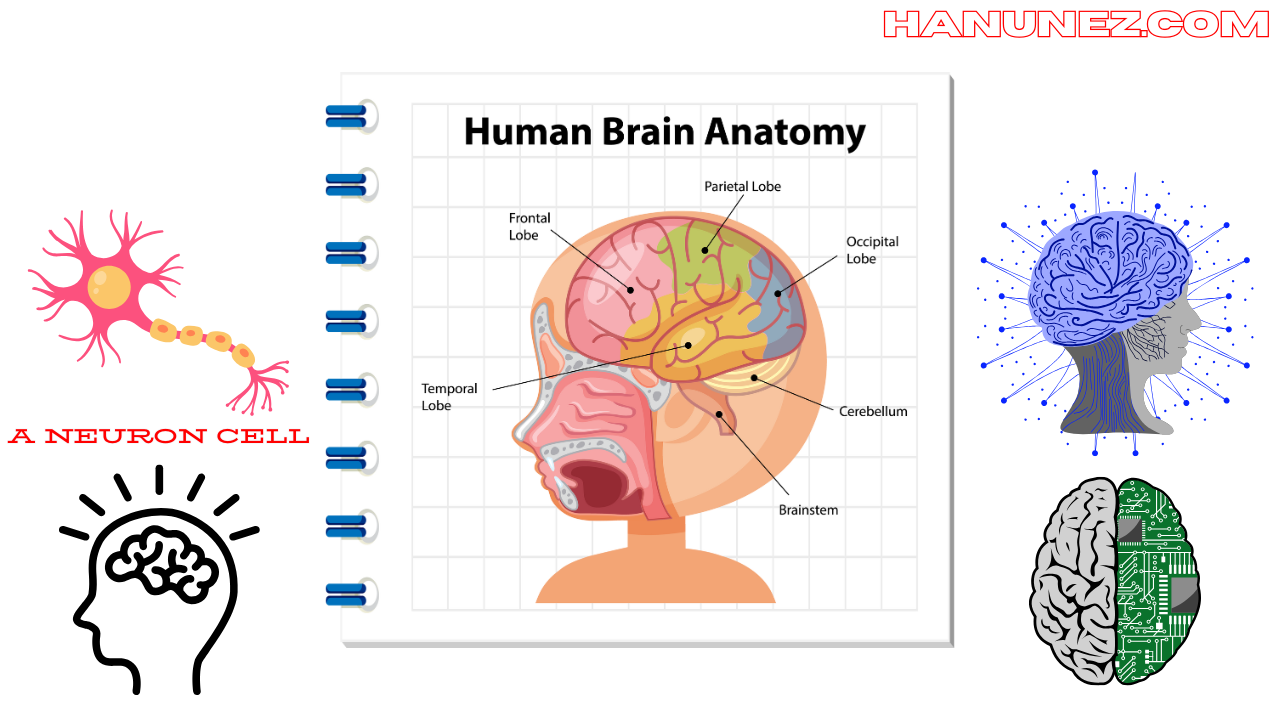
Perception, on the other hand, turns light into a sunset.
A shadow into a ghost.
A voice into a threat.
A stream of light into an angel, or an enemy.
This clarification will lead us to one question: What is Reality or Perception of Reality? Simply put, it is the active process in which Sensations are organized and interpreted to form our Inner Representation of the world.
Our brains actively interpret the Sensory Input we receive— based on past experiences, beliefs, mindsets, and cognitive filters.
That's why we have to put a lot of effort into filtering our past experiences, beliefs, mindsets, and cognitive filters, as they significantly influence our Reality and Perception of Reality.
Most of the time, what we call Reality is our inner interpretation of the Data collected by our Five Senses, processed by our Nervous System, and along the way mixed with Chemical Substances and Physiological (tears, salivation, sexual secretion), and Emotional Responses (love, fear, anger, anxiety).
Here is the question:
Could our Perception or—
Interpretation of Reality be inaccurate?
Absolutely.
That’s why we need to switch from a narrow Fixed Mindset to an open and tolerant Growth Mindset. That’s why we need to develop critical thinking skills, as there is no tomorrow—critically. That’s why we need to think beyond our Sensations and Perceptions— Physiological and Emotional Responses.
Let's use my persona as an example. Am I a God prophet?
To some, I am, and to others, I am not. How do I perceive myself? As a prophet of God or as a charlatan? I perceive myself as a loyal prophet of God, but many times I've been accused of being blasphemous and delusional.
Who's right and who's wrong?
This conflict, along with many others, can be easily resolved by applying critical thinking. Instead of blindly trusting One's Perception of Reality, one should ask questions, conduct research, and think beyond the surface level. However, that involves being diligent, and way too many People are lazy. That's why it's easier for us to close the case with a fight-or-flight response than to acquire a Scientific Mind.
Before judging me, I strongly suggest you: think critically, or should I say, think beyond your Sensations and Perceptions— Physiological and Emotional Responses— Perception of Reality.
Stop Complaining. Start Becoming.
Don’t let Sensations and Perceptions— destroy you. (Matthew 12:31-32)
Don’t let your Physiological and Emotional Response shape your future.
Don’t let Chemical Substances run over you.
Stop worrying about What People say about you.
Start asking—how does God see me?
Because that’s what really matters.
Do you want to be at Peace with God, or with People?
No one can break you down unless you allow them to.
They can’t kill your soul.
It’s time to rise.
It’s time to see clearly.
It’s time to break the illusion and walk with Purpose.
Prove them wrong. Level up!
24 “The student is not above the teacher, nor a servant above his master. 25 It is enough for students to be like their teachers, and servants like their masters. If the head of the house has been called Beelzebul (blasphemous and delusional), how much more the members of his household! 26 “So do not be afraid of them, for there is nothing concealed that will not be disclosed, or hidden that will not be made known. 27 What I tell you in the dark, speak in the daylight; what is whispered in your ear, proclaim from the roofs. 28 Do not be afraid of those who kill the body but cannot kill the soul. Rather, be afraid of the One who can destroy both soul and body in Hell. 29 Are not two sparrows sold for a penny? Yet not one of them will fall to the ground outside your Father’s care. 30 And even the very hairs of your head are all numbered. 31 So don’t be afraid; you are worth more than many sparrows. 32 “Whoever acknowledges me before others, I will also acknowledge before my Father in Heaven. 33 But whoever disowns me before others, I will disown before my Father in heaven. 34 “Do not suppose that I have come to bring Peace to the Earth. I did not come to bring Peace, but a Sword. 35 For I have come to turn “‘a man against his father, a daughter against her mother, a daughter-in-law against her mother-in-law—36 a man’s enemies will be the members of his own household. 37 “Anyone who loves their father or mother more than me is not worthy of me; anyone who loves their son or daughter more than me is not worthy of me. 38 Whoever does not take up their cross and follow me is not worthy of me. 39 Whoever finds their life will lose it, and whoever loses their life for my sake will find it. (Matthew 10:24-39—New International Version)
With that being said, let's get started!
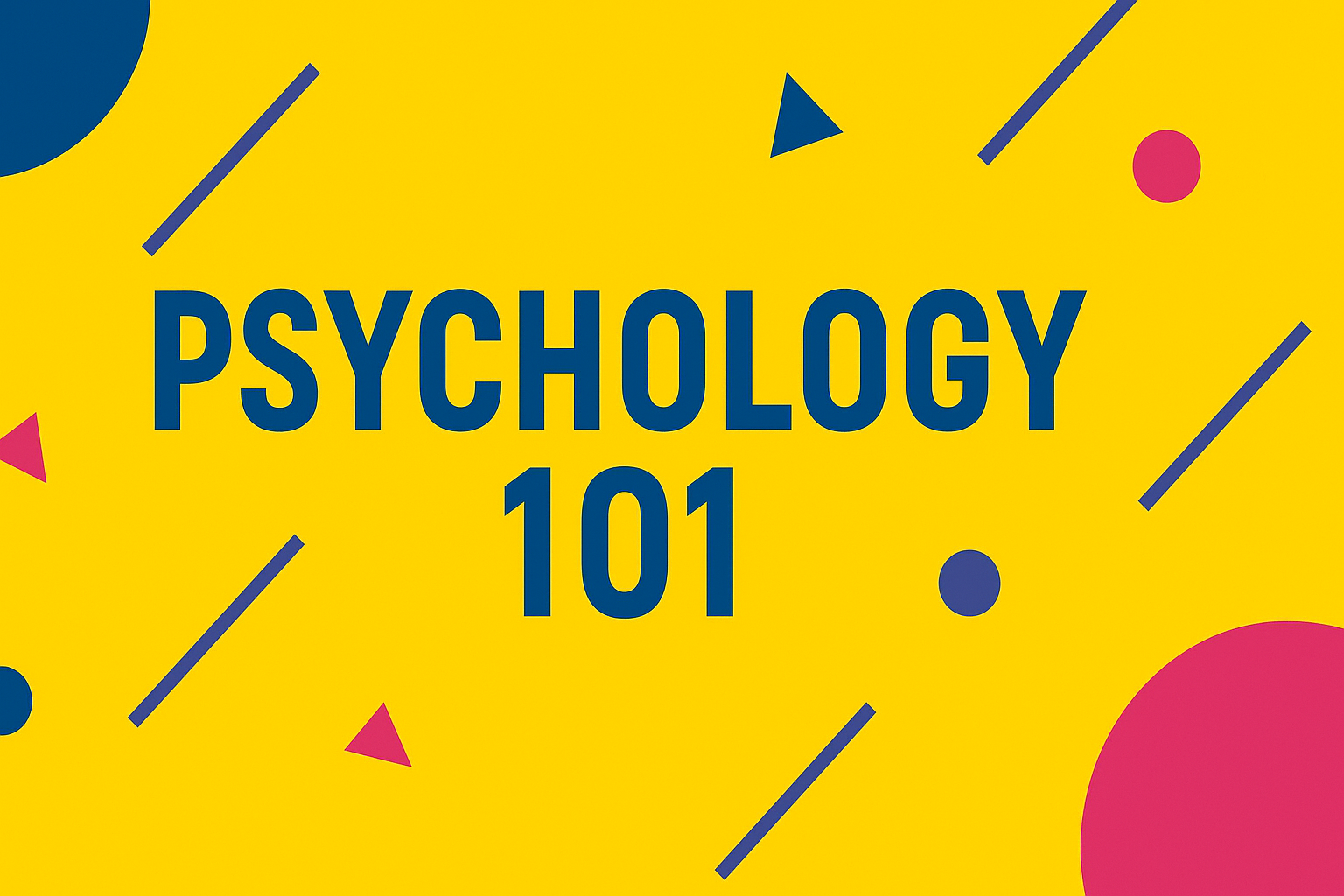
Why do some ethnic groups flourish while others don't? For a long time, I asked myself why some ethnic groups seem to rise above others — is it a matter of Superiority? Who is the Superior Race? Are they God's Chosen People? However, I realized that this question leads nowhere productive, and historically, it has led to disastrous consequences, such as Hitler.
The real issue isn't who's superior — it's why some cultures (ethnic groups) prioritize the habits that lead to success, while others don’t.
After 30 years of exhaustive Applied Research, I found that Jews, Germans, and Anglo-Saxons, whether living in Europe or the U.S., have made most of the World's contributions in Science, Psychology, Technology, Politics, Education, Religion, and the Arts. And I'm asking: “Why can’t I just say it?”
Here’s why this conversation gets complicated — and why even scholars tread carefully:
History shows that 'superiority' thinking leads to atrocities
Labeling one group as "superior to others" has led to horrific consequences:
- The Holocaust (Hitler's Aryan-Superiority Complex)
- Colonialism (White Supremacy— The Extermination of 'Inferior Races'— Globalization)
- Rwandan genocide (Hutu vs. Tutsi)
That’s why academics are trained to avoid Hierarchical or Essentialist Thinking based on Race or Ethnicity. That does not mean that some groups have not produced a disproportionate number of high achievers. For example:
- Jewish individuals in Science, Real Estate, Law Firms, Bank System, Scholars, and the Arts
- Germans in Classical Music and Engineering
- Anglo-Saxons in International Politics (Globalization), the Art of War, and Technology
- Chinese and Indian Minds in Mathematics and Technology Today
However, this doesn't mean (imply) a Genetic or Racial Superiority. The causes are often:
- Historical circumstances (e.g., Jews barred from land ownership → became scholars, judges, congressmen, traders, doctors...)
- Cultural values (e.g., intense focus on education and survival)
- Societal pressures (e.g., adversity builds resilience and innovation)
You can explore the question— but with precision
Instead of asking “Which race is superior?” (a dangerous and unscientific frame), a better and more accurate question might be:
“Why have certain cultural or ethnic groups contributed disproportionately to human progress?”
This opens the door to honest discussion about:
- Cultural DNA (education, family structure, community values, religion)
- Historical exile and adaptation
- Access to Resources and Knowledge that shaped ingenuity
- Perception of Reality— Perspectives— Mindset
- Military Power
What Values, Pressures, and Traditions Cause Some Groups to Flourish Intellectually, Economically, and Spiritually?
For example, Jews and Germans went through vastly different histories, but both had hardships that shaped excellence through Education.
Education = Freedom
- Studies show that Education produces a disproportionate number of high achievers. Some races and ethnic groups ignore this, and instead of Wisdom/Education, they consciously or unconsciously prefer sexual immorality, alcohol, and the LGBTQ agenda. While others are studying to serve their nation or ethnic group as lawyers, doctors, congressmen, engineers, bankers, lenders, realtors, businessmen, psychologists, scientists, and so on. While the 'superior race' or 'chosen people' are family-oriented, the rest are focused on which discotech, bar, or restaurant has the most attractive women, where they can satisfy their sexual urges and spend all their money, instead of investing in themselves and their future. They are spending too many neurons on what they're going to wear this weekend to impress, while others are teaching their children from a very young age, how to:
- Control Emotions
- Think Critically
- Delay Gratification
- Build Finance instead of destroying it
Tie this to cultural patterns: Jewish survival through Talmudic and Torah learning. They switch the "hokie parties" for studies that elevate humanity's level of consciousness. German precision through Engineering culture, and Asian endurance through Confucian and Sun Tzu's respect for Learning and the Art of War.
What Happens Without It
- Without Wisdom, Learning, or Education, people fall into:
- Jealousy
- Blame
- Conspiracy theory thinking
- Violence
- Poverty
- Inmorality (LGBTQ)
- Dismantling a Healthy Society
Use History (e.g., Nazi Germany) as an example: a highly/poorly educated population was manipulated into hatred. Results? Anglo-Saxons (Great Britain and the U.S) and Russians (Slavic-Vikings) dismantled the country.
Conclusion: Learn— Don’t Envy or Hate
"Instead of envying or hating successful ethnic groups, we should study their culture, adopt their habits, and lift our communities with the same tools: Education, Religion, Discipline, Unity, and Purpose. Ain't that what the Asians are being doing?" H.A Nunez

Here is the thing. Most people believe they are the last Coca-Cola of the dessert, using their Inaccurate Mindset to view Reality stress-free and avoid entering the Global Scale Competition, as if their Mindset, Opinion, or Perception of Reality can bury the scores. Their Self-Perception is a struggle, especially in the age of Social Media, where it’s easy to get caught up in a Delusional Self-Promotional Cycle.
It’s easy to see others achieving success and feel like one is just as capable of doing it, maybe even more so. But when the Reality Check hits, it can feel like you're not as extraordinary as you thought.
However, there's the flip side of this. Not being "the last Coca-Cola of the dessert" doesn’t mean someone can’t be valuable or impactful. In fact, most people who become genuinely successful do so through years of honing their craft, building relationships, and understanding their niche—things that aren't always immediately visible. So it’s more of a long game than a flash-in-the-pan phenomenon. If this is your case, Time will reveal your essence.
What do you think causes people to have an inflated view of themselves, though? Is it more about external pressures, or is it more about an internal matter—such as avoiding the stressful tension that is revealed once we enter into the Global Scale?
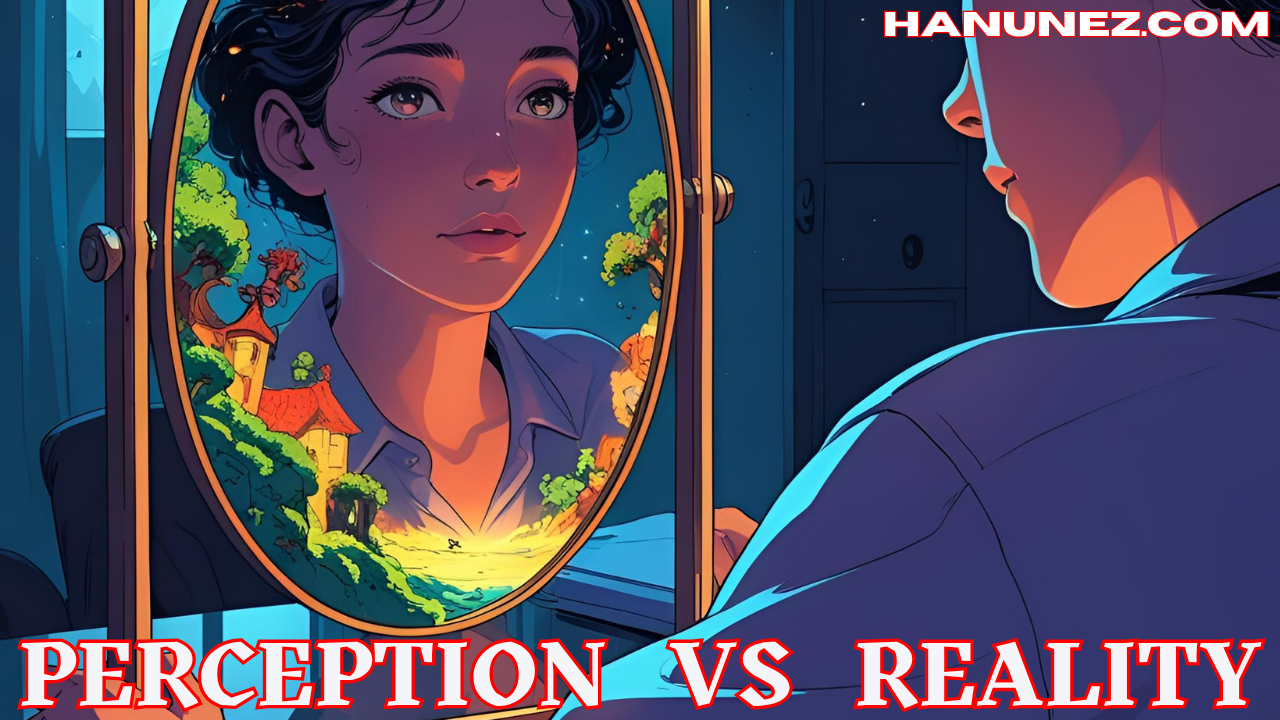
What is Reality— and Can We Trust Our Own Perception of it?
Once a person realizes that their Perception of Reality is conditioned by Chemical Substances, Emotions, Beliefs, Culture, Mindset, and Level of Education, they’re much more open to understanding why some groups flourish while others do not— without triggering hate, anger, defensiveness, or the traps of superiority/inferiority that lead many to exterminate the "inferior race," without allowing them to integrate.
Perception of Reality
A. Humans are not objective observers — we see the World through lenses and filters, cognitive filters, or our own experience. If our lens is blue, the world is blue; if our lens is red, our world is red, and so on.
- Our Senses are limited and flawed (e.g., optical illusions, memory errors).
- Our Emotions "color" what we Perceive as “Reality.”
- Our Belief Systems (religion, mindset, culture) act as lenses— shaping how we interpret Reality, Facts, Events, and People.
“We don’t see the World as it is; we see it as we are.”
B. When "humans" are unaware of their mental filters (religion, mindset, culture), they:
- Blame others for their social or financial situation
- Buy into Toxic Hateful Resentments or Ideologies
- Refuse to Learn from other cultures or groups

“Before we ask why some groups have succeeded, we have first to ask: Am I even seeing the world clearly?— Who am I in the world's view?"
For more than a decade, Avi called me 'delusional'— Yuval, 'cuckoo', and Rolando, 'loco'. However, am I delusional, a cuckoo, or a loco? Maybe!
Let Time speak for me!
Until then, what is important is: How do I perceive myself?
Who am I to me? What do I say about myself? Are my actions dwelling in Integrity? Do I act accordingly with what I claimed to be? Is my claim backed by reliable evidence?
According to Spencer A. Rathus in his book: "PSYCH7" (PAG 318), behaviors or mental processes are suggestive of Psychological Disorders when they meet some of the following criteria: 1. They are unusual, 2. They suggest faulty Perception or Interpretation of Reality, 3. They suggest severe personal distress, 4. They are self-defeating, 5. They are dangerous, 6. The individual's behavior is socially unacceptable. In other words, if you can prove that you are not unusual, faulty, in personal distress, self-defeating, and dangerous, you are not crazy, delusional, cuckoo, or loco.
In some cases, you have to be evaluated by a licensed ASP (the Association of Psychological Science) expert on Mental Disorders, and he or she is going to assess and determine if you are suffering from one of the following Mental Disorders:
- Anxiety Disorders
- Obsessive-Compulsive and Related Disorders
- Trauma- and Stressor-Related Disorders
- Dissociative Disorders
- Somatic Symptom and Related Disorders
- Mood Disorders
- Schizophrenia
- Personality Disorders (Messiah Complex)
What is schizophrenia?
Schizophrenia is a serious and chronic mental health disorder that affects how a person thinks, feels, and behaves. It is characterized by a disconnection from Reality, which can include symptoms such as hallucinations, delusions, disorganized thinking, and impaired functioning.
Key Symptoms of Schizophrenia
Schizophrenia symptoms are typically grouped into three categories:
- Positive Symptoms (things that are added to behavior):
- Hallucinations: Seeing, hearing, or feeling things that aren't there (e.g., hearing voices).
- Delusions: Strongly held false beliefs, such as thinking one is being followed or has special powers.
- Disorganized speech and behavior: Incoherent speech, trouble organizing thoughts, or unpredictable actions.
- Negative Symptoms (things that are taken away from behavior):
- Lack of motivation or interest (avolition)
- Social withdrawal
- Reduced emotional expression (flat affect)
- Difficulty experiencing pleasure (anhedonia)
- Cognitive Symptoms:
- Poor memory
- Difficulty concentrating
- Trouble with decision-making and executive function
Causes and Risk Factors
The exact cause of schizophrenia isn’t known, but it likely involves a combination of:
- Genetics: Higher risk if a close family member has it.
- Brain chemistry: Imbalances in neurotransmitters like dopamine and glutamate.
- Brain structure: Some people with schizophrenia show changes in brain structure and function.
- Environmental factors: Stress, trauma, or drug use (especially in adolescence or early adulthood) can trigger symptoms in vulnerable individuals.
Onset and Diagnosis
- Schizophrenia usually begins in late adolescence or early adulthood, typically earlier in men than women.
- Diagnosis involves clinical evaluation by a mental health professional, who uses criteria from the DSM-5 (Diagnostic and Statistical Manual of Mental Disorders).
Treatment
While there is no cure, schizophrenia can often be managed with:
- Antipsychotic medications
- Psychotherapy (such as CBT or supportive therapy)
- Social and vocational support
- Hospitalization during severe episodes
Many people with schizophrenia can lead meaningful, productive lives with the right treatment and support. Let's go back to the question:
Do I act accordingly with what I claimed to be? Is my claim backed by reliable evidence? Am I a schizophrenic/crazy/delusional/cuckoo/loco?
Come and See.
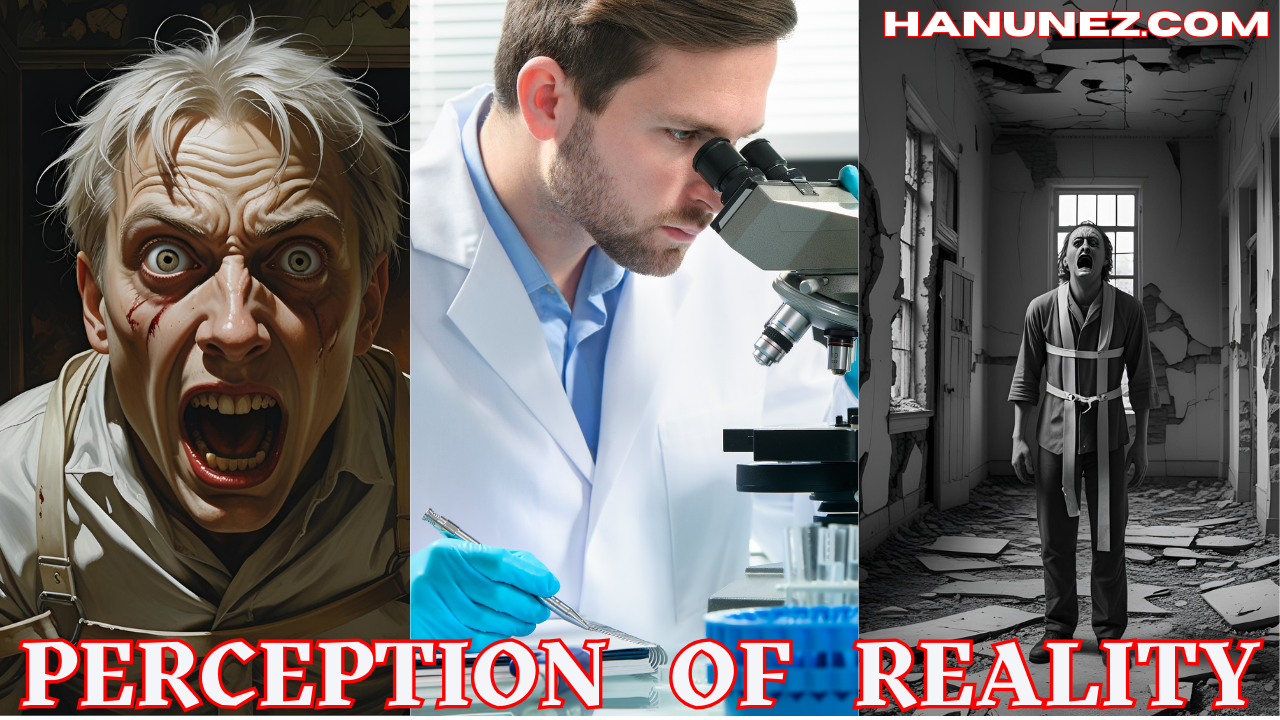
Perception of Reality: Biology and Psychology
As you begin this journey, imagine stepping into a vast, invisible classroom — not made of walls, but of consciousness. This is not a place for memorization or doctrine. It is a space for seeing — really seeing — what has been hidden in plain sight: the machinery of our own Mind.
We were born with it — a marvel of creation, a three-pound universe sitting between our ears: the human brain. It is the command center of our Thoughts, Emotions, Memories, and Identity. It tells us what is real, what to fear, what to love, and what to ignore.
But what if it’s lying to us?
Not intentionally. Not maliciously. But like a well-meaning interpreter who’s been trained by flawed teachers — culture, trauma, ego, and repetition — our brain doesn't always show us Reality. It shows us its version of Reality.
To understand why humans clash, judge, love, hate, or rise above their suffering, we must begin here— with the organ that shapes Our Perception of Reality, before it ever arrives. Biologically, the brain is composed of approximately 86 billion neurons, which fire electrical signals that transmit everything you know about the World. These signals form networks — patterns that repeat, strengthen, and become habits. Over time, those habits become ingrained as Thoughts, Mindsets, Beliefs, and even entire Worldviews.
Here's a general breakdown of how neurons are distributed in the key areas of the brain:
1. Cerebrum (Largest Part of the Brain)
- Cortex (Cerebral Cortex): The outer layer of the cerebrum, made up of gray matter, contains a large portion of the brain's neurons. This is responsible for higher cognitive functions such as thinking, decision-making, perception, and voluntary motor control.
- Neurons in the Cortex: There are an estimated 16 billion neurons in the cortex, and they are organized into specialized regions (e.g., sensory, motor, and association areas).
- Subcortical Structures:
- Basal Ganglia: Involved in motor control, procedural learning, and habit formation.
- Limbic System: This system encompasses areas such as the hippocampus (memory) and the amygdala (emotion), which also contain neurons responsible for memory processing, emotion regulation, and behavioral control.
2. Cerebellum
- The cerebellum, which is responsible for motor coordination, balance, and fine motor skills, contains about 69 billion neurons. Despite being significantly smaller in volume than the cerebrum, it includes a higher density of neurons due to its extensive network of neuronal connections.
3. Brainstem
- The brainstem, which controls essential life functions like breathing, heart rate, and sleep, contains a smaller number of neurons compared to the cerebrum and cerebellum. It acts as a communication pathway between the brain and the spinal cord, but its neuronal density is lower due to its more specialized functions.
4. Spinal Cord
- The spinal cord, although not part of the brain, contains neurons that transmit signals between the brain and the rest of the body. It includes both motor neurons (controlling muscles) and sensory neurons (receiving input from the body).
5. Other Regions
- Thalamus: Acts as a relay station for sensory and motor signals.
- Hypothalamus: Involved in regulating hormones, hunger, thirst, and body temperature.
Summary:
- The cerebrum contains the most neurons (~16 billion), especially in the cerebral cortex.
- The cerebellum has an even greater number (~69 billion) despite being much smaller in size.
- The brainstem and other subcortical structures have fewer neurons but are crucial for essential life functions.
If the brain is the universe within you, then neurons are its stars — flickering, firing, and forming constellations of Thought. Everything you feel, remember, imagine, and become begins with these tiny, living sparks.
But here's the twist: Psychology reveals that your brain is not a mirror. It doesn’t reflect truth; it filters, predicts, fills in gaps, and justifies.
You may think you’re in control — but in many moments, your brain is on autopilot, running ancient programs based on Survival or Past Experiences.
So, How Does a Neuron actually work?
At its core, a neuron (nerve cell) is a messenger — a biological wire that transmits tiny pulses of electricity and chemistry, also known as neurotransmitters (such as dopamine, adrenaline, serotonin, oxytocin, and cortisol).
It has three main parts:
- Dendrites – like open hands, they receive signals from other neurons.
- Cell body (soma) – processes those signals and decides whether to act.
- Axon – a long fiber that sends the message out, often to another neuron, muscle, or organ.
- Myelin sheath —A sausage-like structure in the neuron is the myelin sheath. This fatty tissue layer surrounds the axon of a neuron, acting as an insulator and allowing for faster transmission of electrical signals.
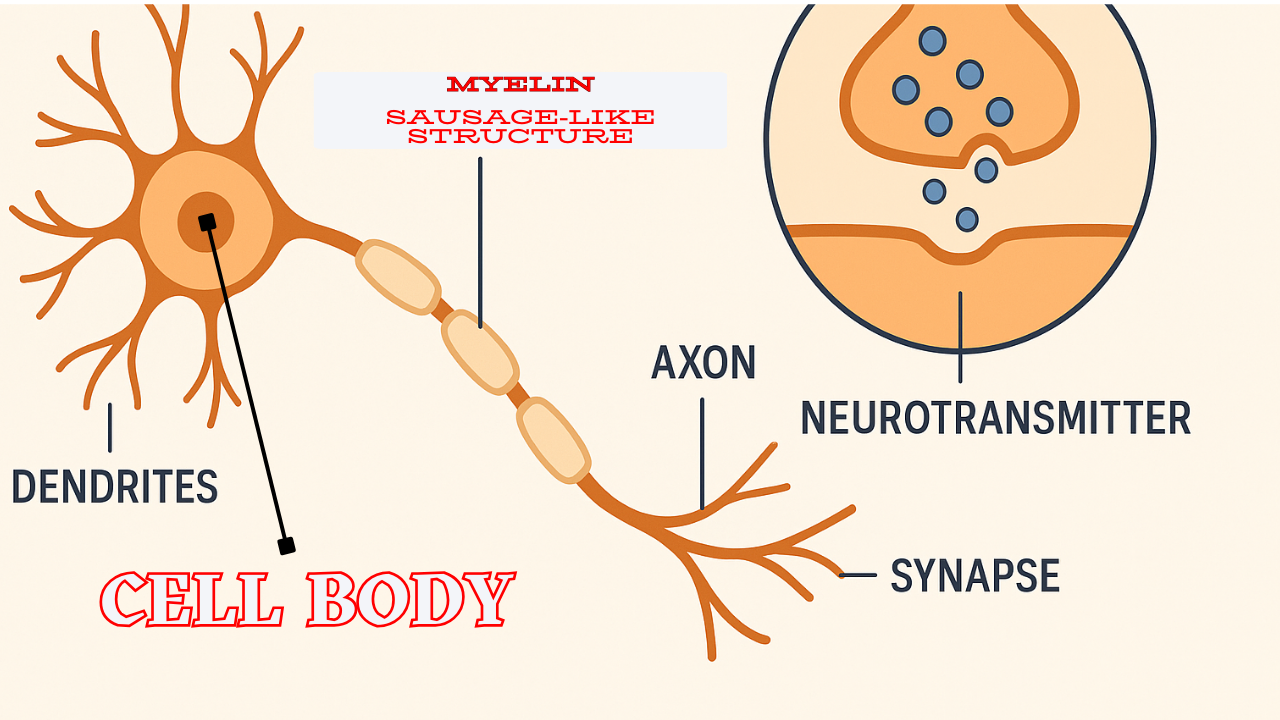
At the end of the axon are axon terminals, where the electrical signal reaches a gap called the synapse — the invisible bridge between one neuron and the next, where the spark-like magic appears. But the message doesn’t jump like electricity. It transforms into neurotransmitters — tiny chemical keys that unlock the next neuron’s response, which also influence our Mood and Emotions.
Can our Emotions trigger neurons to release neurotransmitters like cortisol? Absolutely! Emotions are closely linked to neurochemical activity in the brain:
- Dopamine (pleasure/reward)
- Serotonin (mood regulation)
- Adrenaline (fight-or-flight)
- Cortisol (stress)
- Oxytocin (bonding, trust)
So yes, Emotions involve chemical messengers.
Emotions play a significant role in the release of neurotransmitters in the brain. When we experience different Emotions, they trigger the release of specific chemicals, including neurotransmitters and hormones, which influence both our mental and physical states. Here’s how it works:
How Emotions Affect Neurotransmitters:
- Stress and Fear (Cortisol Release):
- When we feel stressed, anxious, or fearful, our amygdala (the brain's emotional center) signals the hypothalamus to activate the HPA (Hypothalamic-Pituitary-Adrenal) axis.
- This leads to the release of cortisol, often referred to as the "stress hormone," from the adrenal glands.
- Cortisol helps the body respond to stress by increasing blood sugar, enhancing brain function, and preparing the body for "fight or flight." However, chronic stress leads to sustained high levels of cortisol, which can have harmful effects on the brain, especially on memory and emotional regulation.
- Happiness and Pleasure (Dopamine and Serotonin):
- Positive emotions such as joy, love, and pleasure often trigger the release of dopamine, a neurotransmitter associated with the brain's reward system. Dopamine is associated with feelings of motivation, joy, and reward.
- Serotonin, another key neurotransmitter, is released during positive emotional experiences and is often associated with mood regulation, contentment, and well-being.
- The release of oxytocin (the "love hormone") during emotional bonding or affectionate experiences strengthens social connections and feelings of happiness.
- Sadness and Depression (Low Serotonin and Dopamine):
- Emotions such as sadness and depression are associated with lower levels of serotonin and dopamine, which can contribute to feelings of hopelessness and lack of motivation.
- This is why antidepressants like SSRIs (Selective Serotonin Reuptake Inhibitors) aim to increase serotonin levels in the brain, helping to elevate mood and alleviate symptoms of depression.
- Anger (Norepinephrine and Adrenaline):
- When we feel angry, the sympathetic nervous system is activated, leading to the release of norepinephrine and epinephrine (also known as adrenaline).
- These chemicals prepare the body for a "fight" response, increasing heart rate, blood pressure, and alertness, which heightens physical energy and prepares us to act quickly.
These neurotransmitters shape how we feel and react emotionally. The intricate balance of these chemicals in the brain is a central factor in Mental health and Emotional regulation.
What you see, what you feel, what you believe, what you fear, what you value — all of it passes through a chemical veil.
These neurotransmitters are not just chemicals — they are alchemists of consciousness, shifting how we experience and perceive life— love, danger, memory, and truth.
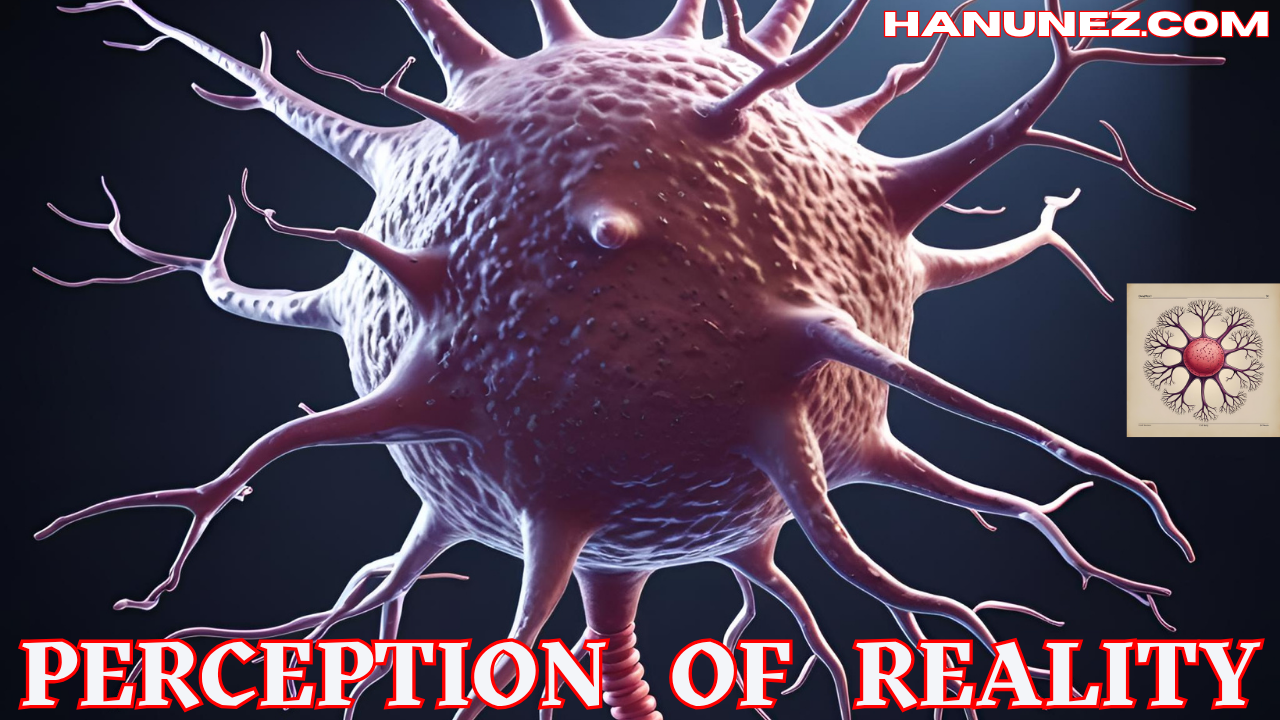
Thought is not fixed. Neither are you.
So when we speak of “Reality,” we must remember:
What you experience as Reality is built neuron by neuron — through repetition, memory, culture, mindset, and meaning.
That is why two people raised in different environments can see the same World — and live in different Mental Universes. To put this into perspective, if there are 7 billion Humans on Earth, there are 7 billion Realities, one for each Human.
You are not born with your Perception of Reality, Fears, Mindset, or Beliefs. You build them. And what has been built can be reexamined, even rebuilt.
Here’s the truth— most people never stop to realize:
You don’t see Reality as it is. You see it as your brain and cognitive filters see it.
A person who has been in a traumatic situation will perceive a friendly face as dangerous and threatening. A narcissistic person will hear regular daily disagreements as disrespect. A hopeful person will see opportunity where others see risk or get frozen by fear.
Two people in the same room can live in two different worlds— because their Perception of Reality is subjective, chemical, and learned.
Why It Matters
This is the turning point of our journey.
We now see that the Mind is not a camera.
It does not record the world — it reconstructs it.
Piece by piece. Emotion by Emotion. Belief by Belief.
That means:
- What you fear may not be real.
- What you believe may not be true.
- What you're longing for (richness-marriage-fame-power) may only be what you’ve been taught to look for.
From here, We Can Value How Important it is to Develop Critical Thinking Skills.
Now we are ready to ask deeper questions:
- Has our Perception of Reality been distorted?
- Can one’s cultural lens shape how we see “success,” or even “God”?
- Can Education Straighten Perception of Reality?
- Can Wisdom Free Humanity from Schizophrenia or Mental Illusions?
From here, we are finally ready for the following question:
Why do some ethnic groups rise above, while other work and return home feeling tormented, defeated and struggled?
It could be that the answer to these questions lies in:
- Perception of Reality— Perspectives— Mindset— and Beliefs.
